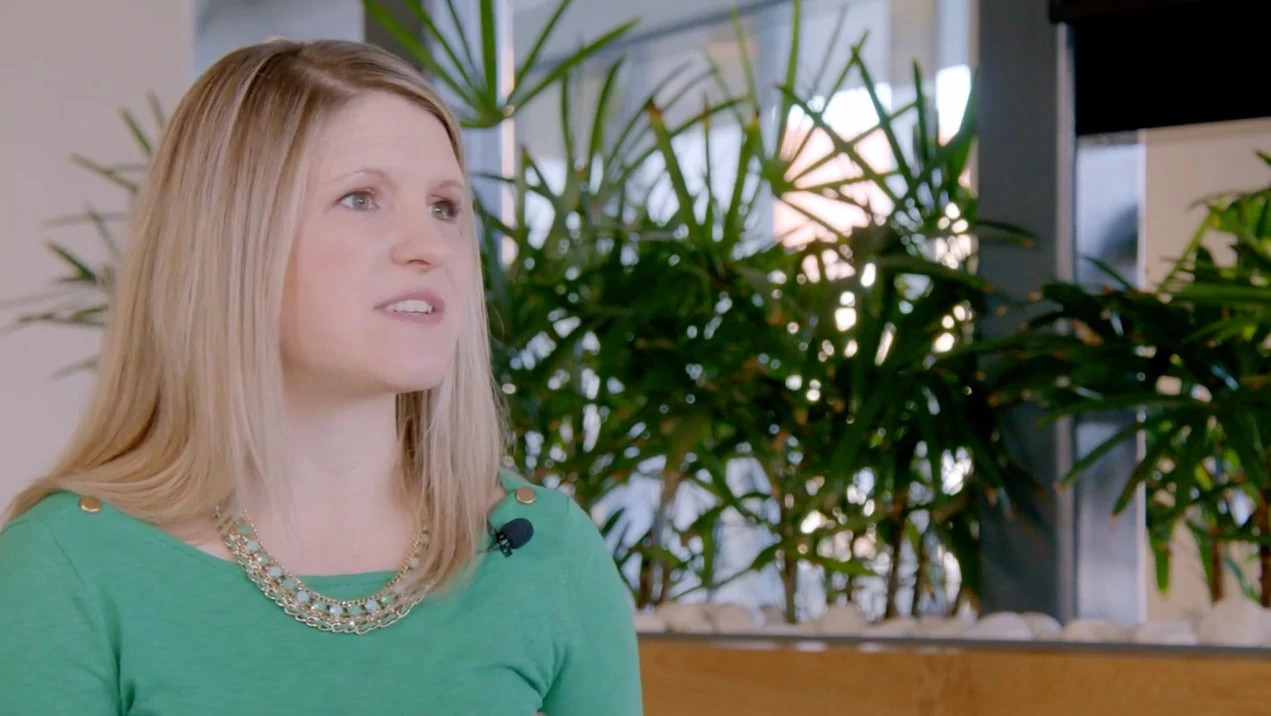Getting started 101: how to set up your account

Subdomain
Each ShareFile account has its own unique URL that is generally in the format of https://yourcompanyname.sharefile.com.
The section 'yourcompanyname' represents your subdomain. Think of it as your personal digital address within ShareFile.
The master admin creates the initial subdomain but anyone with "access company account" permissions can manage, add, or remove subdomains.
Don’t know or forgot your subdomain? On the login page, you'll see an option labeled "forgot subdomain." Clicking this link will guide you through the steps to retrieve your subdomain.
If you’re an account admin:
As the account creator, you get to set the subdomain during the account setup process. A single account can have up to 3 subdomains, all of which will lead to the same primary subdomain. You’ll want to communicate your subdomain to your entire team.
Additional resources
Logging in
To log into ShareFile for the first time, search for a ShareFile email inviting you to create your account. It will guide you through the setup process. For future logins, simply visit your subdomain and click “login.”
Later in this guide, we’ll talk about two-step verification and single sign-on.
If you’re an account admin:
Account admins with “Manage Employees” account permissions can deploy an onboarding notification to team members, prompting them to set up their accounts.
Additional resources
Dashboard
In your dashboard, you’ll see tiles that you can click for quick access to features you frequently use.
Dashboard tiles include:
- Recent Files: Displays the most recent files accessed across all of your ShareFile devices.
- Shortcuts: Displays frequently used actions as well as quick access to certain folders.
- Tutorials: Provides videos and helpful articles that will help you get the most out of your ShareFile account.
- Favorites: Displays files and folders you marked as Favorite.
You can tailor your dashboard just for you! Add or remove tiles by clicking on “Edit Dashboard” in the top right corner. To add or remove tiles click on the toggle switches to enable or disable.
To rearrange your tiles, simply drag and drop them to your desired location on the dashboard.
Additional resources
Navigation
Let’s look closer at your navigation, which contains Folders, Projects (or Engagements), Workflows, Signatures, People, and Personal Settings. Account admins will have additional navigation items.
Folders
Personal Folders
A dedicated space for files and folders that you’re working on independently. When you’re ready to share and collaborate, we recommend you move your content to a shared folder.
Shared Folders
All folders (created by you or other users) that you have access to.
Favorites
Files and folders you’ve favorited for quick access
File Box
A temporary space to store files (created or requested by you) for up to 180 days.
Recycle Bin
Stores your recently deleted files. You have 45 days to recover items before they are permanently deleted.
Projects (or Engagements)
Access all of the dedicated collaboration spaces that you’ve created for each project.
Workflows
Here is where you can find or build automated workflow templates for later use.
Signatures
Launch signature requests, plus create templated documents you can send for signature.
Inbox
Access sent, received, or archived emails sent through any ShareFile app or plug-in.
People
Manage users, address books, and distribution groups.
Admin settings (account admins only)
Where admin users can manage security and account settings.
Personal settings
Manage personal settings like updating your name, email address, or notification preferences.
Additional resources
- Folders product documentation
- Projects (or Engagements) product documentation
- Automated workflows product documentation
- Signatures product documentation
- People settings product documentation
- Recycle bin product documentation
- Personal settings product documentation
Menu tree map
(account admins only)
Account admins have access to many more settings. You can use the tree map below to start exploring those settings.
- Projects
- Workflows
- Automated Workflows
- Feedback and Approval
- Signatures
- Inbox
- Received
- Sent
- Archived
- People
- Manage Users Home
- Browse Employees
- Browse Clients
- Prospective Clients
- Shared Address Book
- Personal Address Book
- Distribution Groups
- Resend Welcome Emails
- Settings
- Personal Settings
- Edit Profile
- Personal Security
- Advanced Connections
- My Apps & Devices
- Admin Settings
- Admin Overview
- Background Operations
- Company Account Info
- Reporting
- Notification History
- Edit Company Branding (In here you can edit your subdomain)
- Receipts & Billing Notifications
- Security
- Data Loss Prevention
- Password Requirements
- Login & Security Policy
- Configure Device Security
- Edit Super User Group
- Connectors
- StorageZones
- Advanced Preferences
- Email Settings
- Permissions
- File Settings
- Enable ShareFile Tools
- Folder Templates
- Remote Upload Forms
- File Drops
- Personal Settings
Role overview
There are many different types of ShareFile users, each with settings that make sense for the different roles within a company. Here is a summary of the different types of ShareFile users.
Account owner
The account owner is the primary administrator. They maintain all users' permissions.
There can only be one account owner per account and the owner cannot be deleted by any other user.
If you are an account admin:
To view or change the account owner, the current account owner should log in and go to Settings/Admin settings/Admin overview. Select “re-assign account owner.”
If your current account owner is no longer with your company, contact support to start the account owner change process.
Employee user
Employee users are general users. Their default permissions include things like creating root-level folders within shared folders, sharing files, accessing a personal file box, creating client portals, and editing a shared address book.
Later in this guide, we will review client users.
Super user
Super users can access all files and folders within the account. This includes users’ personal folders. They have the ability to delete and move files and folders.
As a member of the Super User Group, super users have automatic access with full control (download, upload, delete, and share) to all new existing folders within a ShareFile account.
Admin user
Admin users have granular administration privileges. They can do things like set user permissions, create users, and schedule reports. There can be many admin users per account.
Additional resources
ShareFile apps & plug-ins
There are many different ways to access and use ShareFile.
Desktop apps
Access your files directly through a mapped drive, providing a native experience.
Mobile apps
Easily and securely share files on the go with our mobile apps.
ShareFile for Outlook & Google Workspace
Integrate ShareFile with your favorite tools to simplify file sharing and supercharge productivity.
Additional resources
Two-step verification
Two-step verification uses your phone to provide an extra layer of security when logging into your account. After you sign in, you are asked to enter a verification code that is sent to your phone using a text message (SMS) or voice call. This works with supported Authenticator apps like Google and Microsoft.
By default, two-step verification is required for all employee users in all ShareFile accounts. If the account admin does not require two-step verification, employee users can still use the feature for added security.
If you are an account admin:
If you do not want to require your employees to use two-step verification, you can turn off the requirement by going to Settings/Admin settings/Security/Login and security policy.
Additional resources
SSO/SAML
If you have an active directory (i.e. Okta), you can enable single sign-on for account users. Use the additional resources to enable SSO/SAML.
Additional resources
- ShareFile single sign-on configuration guide for ADFS 3
- ShareFile single sign-on configuration guide for ADFS 4
Next: Learn how to brand your account
Now that you’ve learned the basics of your ShareFile account, it’s time to learn how to personalize your ShareFile account. Access Getting started 102: edit your company branding.
Related Resources
